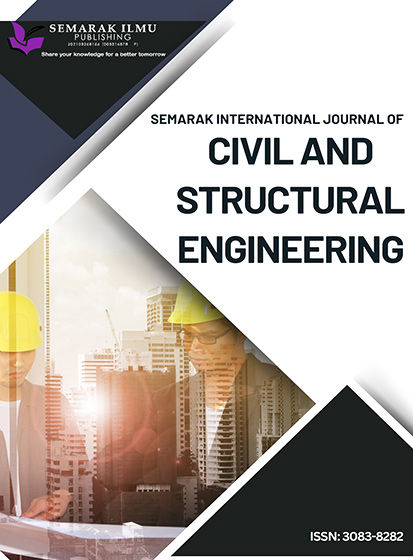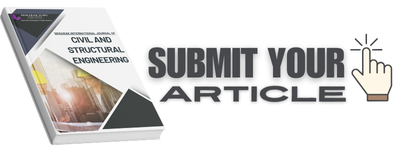The Effect of Sheet Pile Used for Temporary Work Structure for Excavation Purposes
DOI:
https://doi.org/10.37934/sijcse.4.1.121Keywords:
Finite Element Analysis, Sheet Pile, Coastal Excavation, Soil MechanicsAbstract
It is often challenging to construct temporary work structures for excavation work with temporary structures at coastal areas with soft soil properties and high-water tables. In this project, we simulated the behaviour of soil movements and stresses by finite element analysis method (using PLAXIS 2D) under different types of U- type steel sheet piles. The outcome result is then presented in the form of a table in this paper, for comparison and reference, which promotes better workmanship and quality in selecting the suitable sheet pile used for temporary work structures for excavation purposes at the coastal area. Deformed mesh, Horizontal Displacement, Horizontal Incremental Displacement, Safety Factor, Total Displacement, Total Incremental Displacement, Vertical Displacement as well as Vertical Incremental Displacement for both with groundwater and without groundwater conditions of each option are included in the result and analysis section. In conclusion, the analysis serves as an important guideline and reference before the commencement of work, which is important in the decision-making of future work, especially during excavation.













